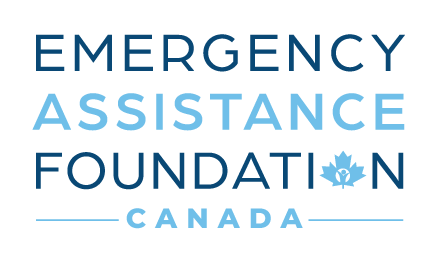
Estimating Application Volume for Employee Relief Fund Budgeting
July 6, 2017
Unconditional Donations Preserve an Employee Relief Fund’s Charitable Purpose
August 2, 2017When establishing a Disaster and Employee Hardship Relief Fund there are regulatory and administrative best practices which fund sponsors should follow. From time to time, a company may desire a program that would not comply with regulations, and so may choose a taxable alternative with fewer regulatory restrictions.
As a result, there are two main options. First is the non-profit, tax-exempt option which is cost-efficient but subject to regulation. The other option could have for-profit administration and is less cost-efficient, but also features less regulatory oversight.
The IRS is likely to classify a program run through a traditional vendor system as one where there is significant employer control. That classification means that grants which the relief fund provides to employees in need will likely be taxable to those employees. This does not mean that the outcome of helping employees in need is impossible, it simply means that doing so is more expensive. Below, important features of the different options are discussed:
| Public Non-Profit Charity | Vendor |
|---|---|
| Field-of-interest agreement and memo of understanding | Standard service contract |
| Program and non-profit do not fulfill any legal obligation of the employer | Contract describes services and requirements that company wants the vendor to perform |
| Charitable class is open-ended, large, and not operated to benefit particular individuals | Employer can include specific eligibility requirements for applicants |
| Grant dollars are not taxable to recipient employees | Grants are taxable compensation to employees |
| Contributions are tax-deductible | Contributions are likely not tax-deductible (think “pass-the-hat”) |
| Bottom line: A cost-effective and tax-efficient solution that complies with regulations and best practices | Bottom line: Much more expensive for each after-tax dollar, but allows employers more control over who receives grants |
These differences are significant, and need to be considered during the initial fund planning and start-up phases. Contact an expert employee relief fund administrator for more information.
Authors:
Douglas Stockham
EAF President
Doug@eafrelief.ca
Lori Rogers
Director of Corporate Operations
lori@eafrelief.ca




